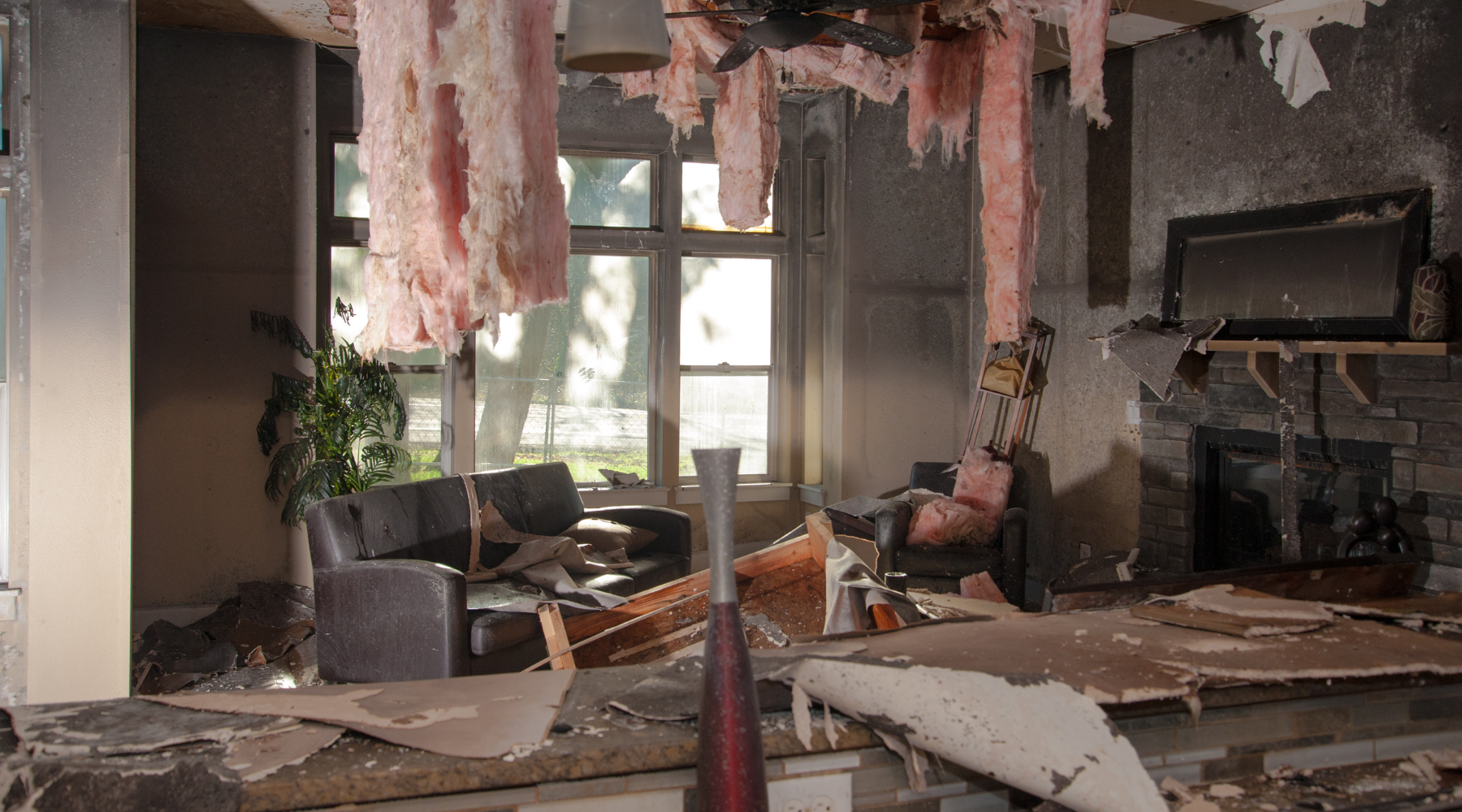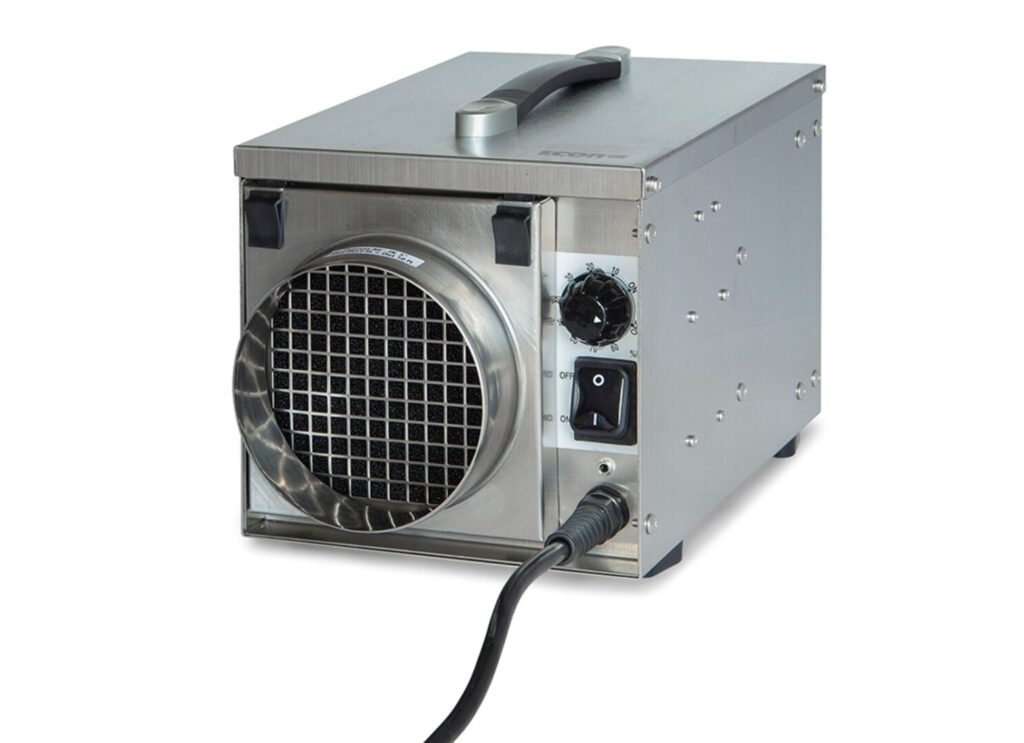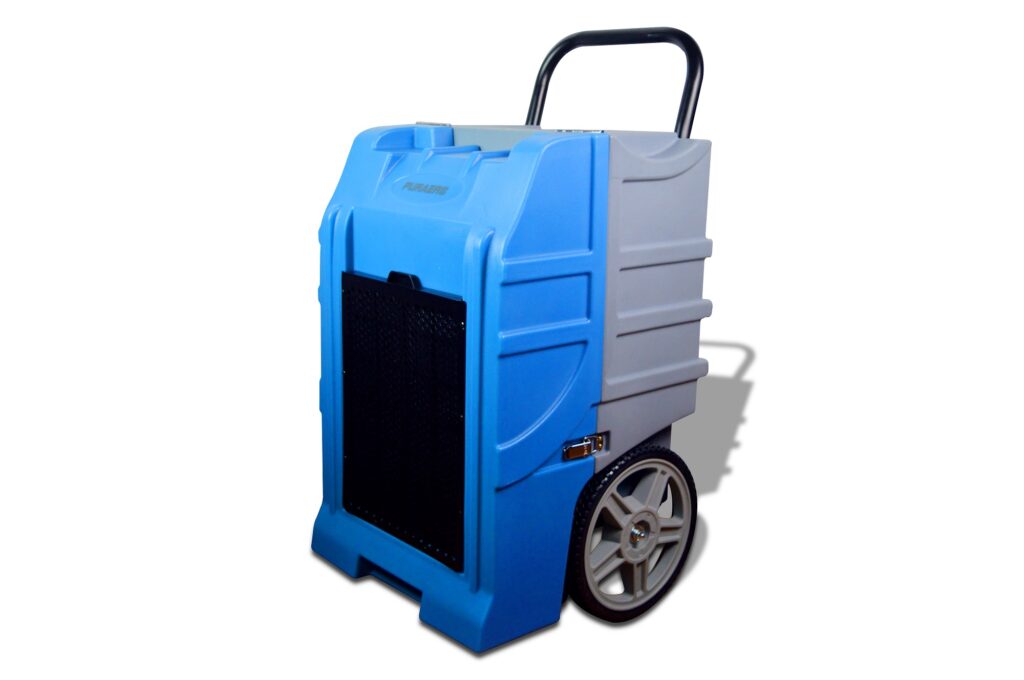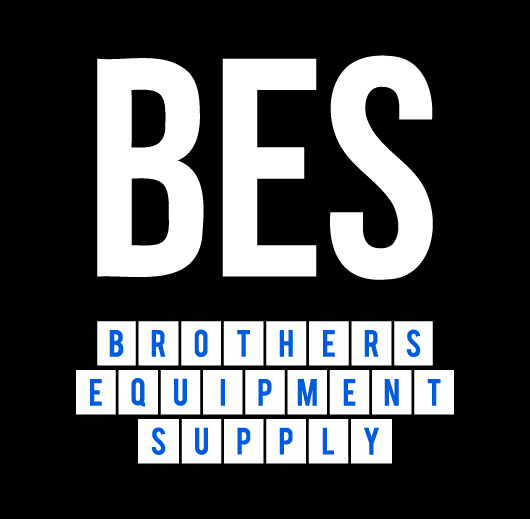
How To Prevent Water Damage In My Building? [GUIDE]
How To Prevent Water Damage In My Building? [ULTIMATE GUIDE]
By: Brothers Equipment & Supply
Water damage can wreak havoc on buildings, causing structural issues, mold growth, and costly repairs. However, with the right preventive measures in place, you can significantly reduce the risk of water damage.
In this guide, we’ll explore the top 10 causes of water damage, effective solutions to mitigate risks, recommendations for dehumidifiers, and answers to frequently asked questions to help you safeguard your property.
Let’s get right into it!
Top 10 Causes Of Water Damage
Understanding the common causes of water damage is the first step in prevention. Here are the top 10 culprits:
1. Plumbing Leaks
Leaking pipes, faucets, and fittings are a leading cause of water damage in buildings, often resulting from corrosion, wear and tear, or improper installation.
2. Roof Leaks
Damaged or deteriorating roofing materials, such as shingles or flashing, can allow water to infiltrate the building, leading to interior damage.
3. Poor Drainage
Inadequate drainage systems around the building’s perimeter can cause water to pool near the foundation, increasing the risk of water intrusion into the basement or crawlspace.
4. Foundation Cracks
Cracks in the foundation can allow water to seep into the building, leading to structural damage and mold growth over time.
5. Faulty Appliances
Malfunctioning appliances like dishwashers, washing machines, and water heaters can leak or overflow, causing water damage to floors, walls, and cabinetry.
6. Clogged Gutters
Clogged gutters and downspouts prevent proper water drainage from the roof, leading to water backup and potential roof leaks.
7. Basement Flooding
Heavy rainfall or rising groundwater levels can cause basement flooding, resulting in extensive water damage and mold growth if not promptly addressed.
8. HVAC System Issues
Malfunctioning HVAC systems, including air conditioning units and ductwork, can lead to condensation buildup and water leakage, especially in humid climates.
9. Frozen Pipes
During cold weather, frozen pipes can burst, causing significant water damage and potential flooding within the building.
10. Natural Disasters
Flooding, hurricanes, and storms can cause catastrophic water damage to buildings, requiring extensive cleanup and restoration efforts.
Top 10 Solutions To Water Damage
Preventing water damage requires a proactive approach and regular maintenance. Here are 10 effective solutions:
1. Regular Inspections
Schedule regular inspections of plumbing systems, roofing, and foundations to identify and address potential issues before they escalate.
2. Proper Maintenance
Maintain gutters and downspouts, repair roof damage promptly, seal foundation cracks, and clear debris from drainage systems to ensure proper water flow.
3. Leak Detection Devices
Install leak detection devices in vulnerable areas, such as near appliances and plumbing fixtures, to alert you to potential leaks or water intrusion.
4. Basement Waterproofing
Consider basement waterproofing measures, such as installing a sump pump, sealing basement walls, and improving drainage around the foundation.
5. Appliance Maintenance
Regularly inspect and maintain appliances to prevent leaks or malfunctions, including checking hoses, valves, and seals for signs of wear or damage.
6. HVAC Maintenance
Schedule routine maintenance for HVAC systems to ensure proper functioning and prevent issues like condensation buildup and leaks.
7. Insulation
Properly insulate pipes, especially in unheated areas, to prevent freezing during cold weather and reduce the risk of burst pipes.
8. Landscape Grading
Ensure proper grading around the building, sloping away from the foundation, to prevent water pooling and infiltration into the basement or crawlspace.
9. Flood Prevention Measures
Install flood barriers, such as sandbags or flood gates, in areas prone to flooding to minimize water intrusion during severe weather events.
10. Emergency Preparedness
Develop an emergency plan that includes procedures for shutting off utilities, evacuating the building, and contacting emergency services in case of water damage or flooding.
Top Dehumidifiers To Reduce Water Damage
Investing in a quality dehumidifier can help control moisture levels and reduce the risk of water damage. Here are some top recommendations:
Refrigerative Dehumidifiers: These are the most common type of dehumidifiers, utilizing a refrigeration cycle to extract moisture from the air. They work by drawing in humid air, cooling it to condense the moisture, and then reheating the air before releasing it back into the room.
Desiccant Dehumidifiers: Unlike refrigerative dehumidifiers, desiccant dehumidifiers use a desiccant material (such as silica gel) to absorb moisture from the air. They are often more efficient in colder temperatures and are suitable for smaller spaces or areas with low humidity levels.

Whole-House Dehumidifiers: These dehumidifiers are installed directly into the HVAC system of a home or building, working to regulate humidity levels throughout the entire space. They offer convenience and efficiency, especially for larger properties or those with persistent humidity issues.
Portable Dehumidifiers: Portable dehumidifiers are versatile units that can be moved from room to room as needed. They are suitable for smaller spaces or areas where temporary dehumidification is required, such as basements, bathrooms, or laundry rooms.
Mini Dehumidifiers: Mini dehumidifiers are compact units designed for use in small areas like closets, cupboards, or RVs. They are lightweight, portable, and often operate quietly, making them ideal for discreet dehumidification in tight spaces.
Commercial Dehumidifiers: These heavy-duty dehumidifiers are designed for commercial and industrial applications, capable of removing large volumes of moisture from the air in warehouses, factories, or other large spaces.

Low-Profile Dehumidifiers: Low-profile dehumidifiers are designed to fit into tight or low-clearance spaces, such as crawl spaces or under cabinets. They offer powerful dehumidification in areas where standard-sized units may not be suitable.
Energy-Efficient Dehumidifiers: Energy-efficient dehumidifiers are designed to minimize energy consumption while still providing effective moisture removal. They often feature programmable settings, auto-shutoff functions, and other energy-saving features.
Smart Dehumidifiers: Smart dehumidifiers can be controlled remotely via smartphone apps or integrated with smart home systems for convenient operation and monitoring. They offer advanced features such as humidity sensors, scheduling options, and real-time alerts.
Industrial Dehumidifiers: Industrial dehumidifiers are heavy-duty units designed for use in demanding environments such as construction sites, water damage restoration projects, or manufacturing facilities. They are capable of removing large amounts of moisture quickly and efficiently.
What Are the Most Common Signs of Water Damage?
Common signs of water damage include water stains, musty odors, peeling paint or wallpaper, warped flooring, and visible mold growth.
How Can I Prevent Frozen Pipes?
To prevent frozen pipes, insulate exposed pipes, keep interior temperatures above freezing, and allow faucets to drip during cold weather.
Does Homeowners Insurance Cover Water Damage?
Homeowners insurance typically covers water damage caused by sudden and accidental events, such as burst pipes or appliance leaks, but may exclude gradual damage or neglect.
How Can I Maintain My Roof to Prevent Leaks?
Regularly inspect your roof for damage, replace missing or damaged shingles, clean gutters and downspouts, and trim overhanging tree branches to prevent debris buildup.
What Should I Do If I Discover a Leak?
If you discover a leak, shut off the water supply to the affected area, clean up standing water, and contact a plumber or water damage restoration professional for repairs.
Are There DIY Solutions for Basement Waterproofing?
While some DIY basement waterproofing solutions may be effective for minor issues, such as sealing cracks or applying waterproofing paint, more extensive problems may require professional intervention.
How Can I Improve Indoor Air Quality to Prevent Mold Growth?
To improve indoor air quality and prevent mold growth, ensure proper ventilation, control humidity levels, use air purifiers or dehumidifiers, and address water leaks promptly.
What Are the Benefits of Professional Water Damage Restoration?
Professional water damage restoration services can help mitigate damage, prevent mold growth, and restore affected areas to their pre-damage condition efficiently and effectively.
Can Water Damage Lead to Structural Issues?
Yes, water damage can compromise structural integrity over time, leading to issues such as rot, decay, and weakening of building materials.
How Can I Identify Hidden Water Damage?
Hidden water damage may be detected through signs such as musty odors, peeling paint or wallpaper, sagging ceilings or floors, and increased humidity levels.
Conclusion
Preventing water damage in buildings requires a proactive approach and regular maintenance.
By addressing common causes of water damage, implementing effective solutions, investing in quality dehumidifiers, and staying informed about preventive measures, you can protect your property and avoid costly repairs.
If you have any questions about our article “How To Prevent Water Damage In My Building? [ULTIMATE GUIDE]” or in need of water damage equipment and dehumidifiers in Canada or the USA, feel free to call 1-416-912-2205 or chat with us in near real-time on social media.
